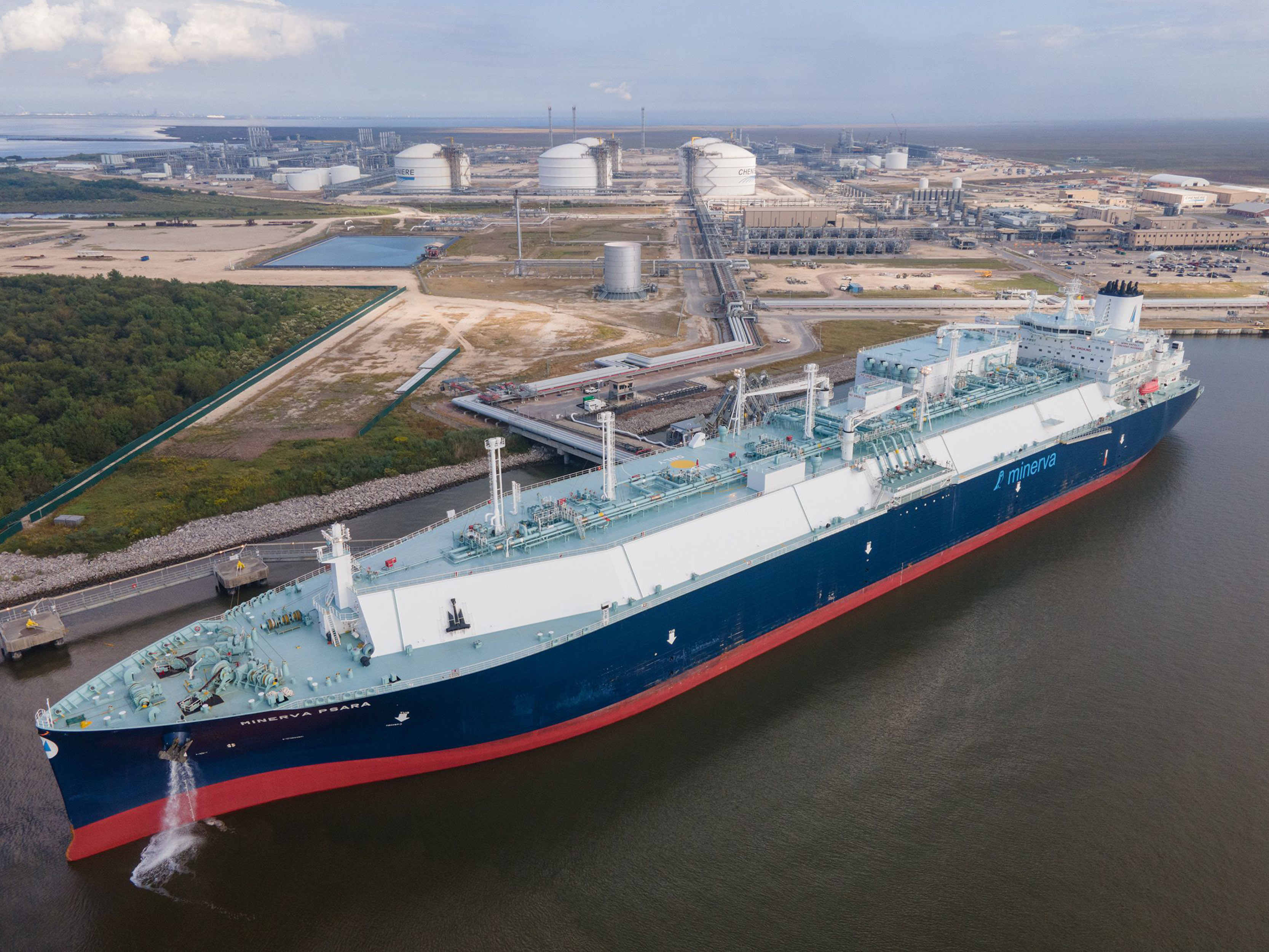The war in Ukraine has further aggravated the gas supply shortfall, leaving Gulf Coast liquefied natural gas (LNG) exporters scrambling to meet growing European and Asian demand with terminals expanding and new facilities on the boards.
The U.S. is the world’s largest LNG exporter with most of the capacity concentrated off Louisiana and Texas. On March 1, a fifth export terminal officially joined the ranks as Venture Global LNG of Virginia and Tokyo-based JERA Global Markets Pte. Ltd. loaded the first cargo from the fast-tracked Calcasieu Pass LNG export facility in Cameron, La. At a total capacity of 10 MTPA, the facility holds the global greenfield speed record, having gone from final investment decision to production in 29 months, according to Venture Global.
Venture also began construction last year on the 20-MTPA Plaquemines LNG terminal in Plaquemines Parish, La., and expects to do the same next year on the CP2 LNG facility, also in Cameron Parish, La. The greenfield terminals are included in two 20-year sales and purchase agreements Venture signed with New York-based global LNG buyer New Fortress Energy Inc. on March 16.
Earlier this year, the nation’s largest LNG exporter, Cheniere Energy, completed the construction of the sixth processing train at the pacesetting Sabine Pass export terminal in Louisiana. Cheniere exported 2,018 TBtu from the Sabine Pass and newer Corpus Christi, Texas, export facilities in 2021, a 46% increase over 2020.
The U.S. Energy Information Administration (EIA) projects U.S. LNG exports will average 11.3 billion cubic feet per day (BCFD) in 2022, up 16% from last year.




